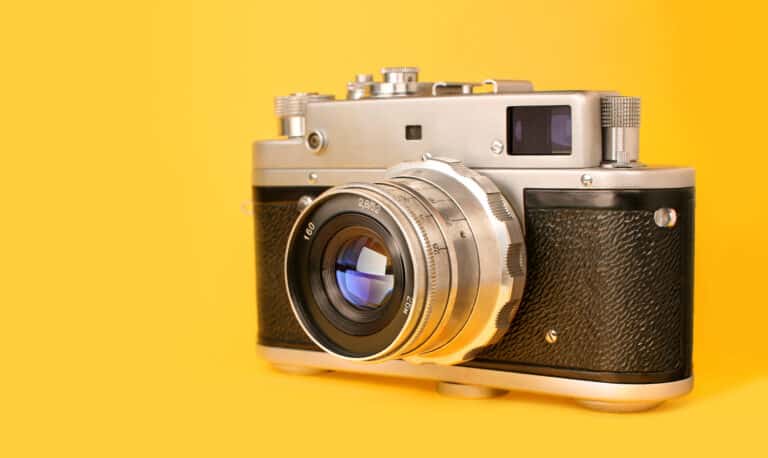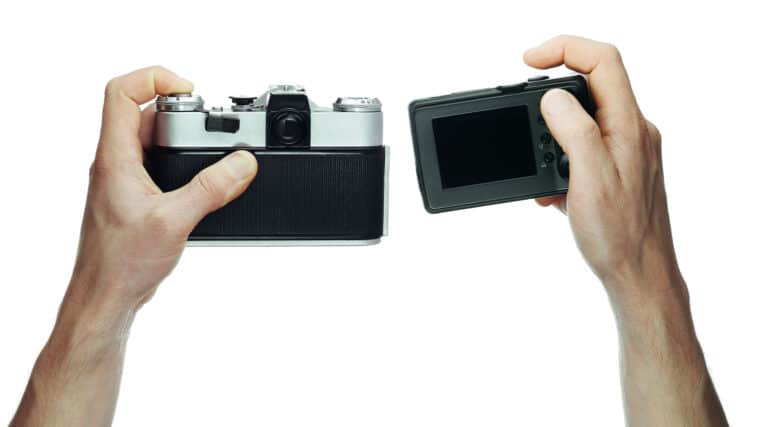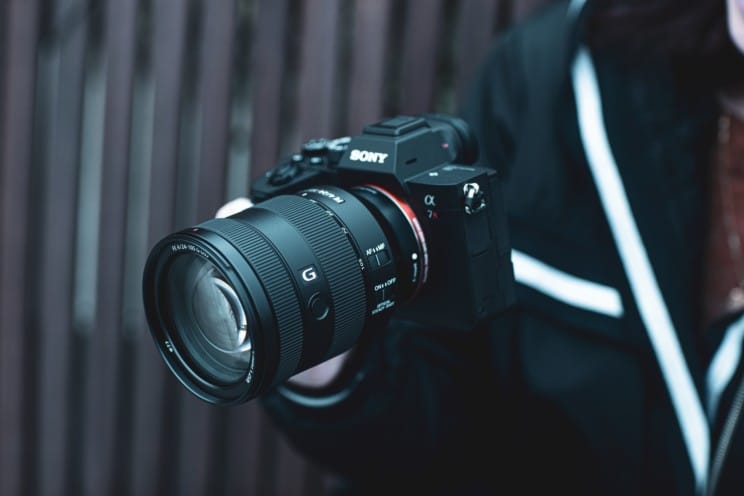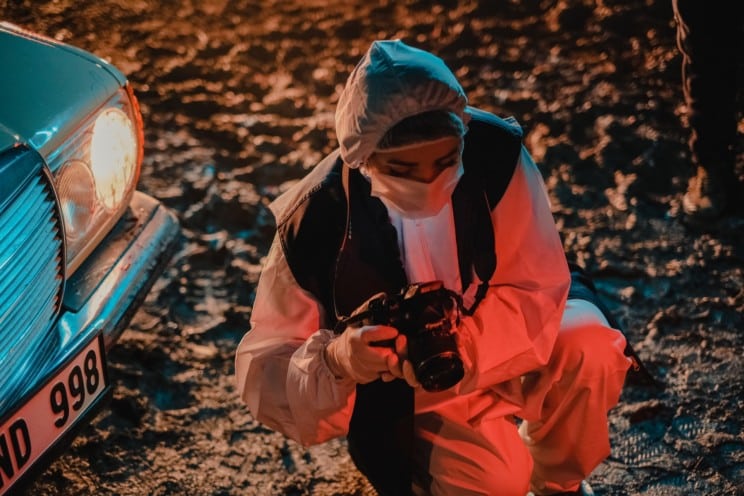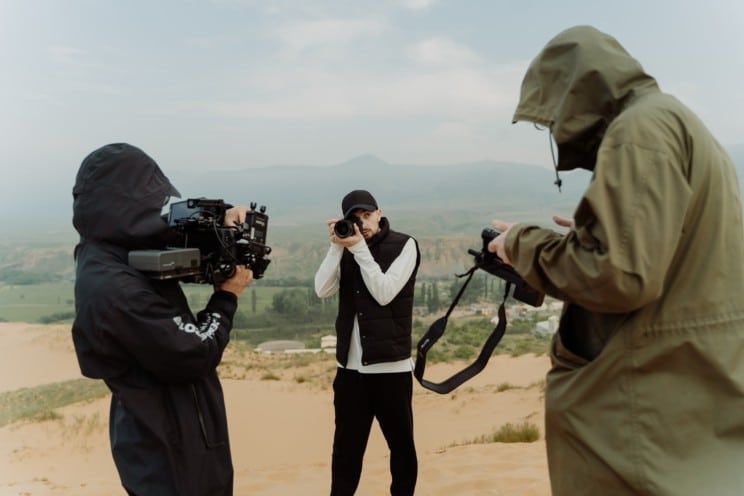What are The Best Cameras for Climbing (And Mountaineering)
If you’d like to share your climbing and mountaineering experience, you will need to equip yourself with a camera that is specifically designed for climbing and mountaineering.
This review will help you identify the best camera for climbing and mountaineering.
Which is the Best Camera for Climbing and Mountaineering?
The best camera for climbing and mountaineering should be lightweight and have a rugged design to help withstand the elements and cold temperatures.
This review provides you with the best cameras for climbing and mountaineering.
1. Panasonic Lumix FZ2500
The Panasonic Lumix FZ2500 is a powerful camera that comes with advanced photographic capabilities, helping you capture every turn and twist in your climbing and mountaineering trip.
It comes with a 20.1 megapixel 1-inch MOS sensor which is highly sensitive.
This allows you to capture 4K video and high-resolution still photos at a native sensitivity of ISO 12800.
This sensor also makes the camera’s speed pleasing, with the ability to record up to 12 FPS when using a mechanical shutter and up to 50 FPS when using the electronic shutter.
It features a hybrid workflow that allows you to instantly switch between capturing still photos and recording 4K movies while rock climbing.
Considering the different terrain and landscapes that you may want to capture when climbing and mountaineering, you will want a camera that will give you the flexibility to a clear view.
The Panasonic Lumix FZ2500 gives you this flexibility, thanks to the free-angle design of the 3-inch rear touch screen LCD.
Typically, you can tilt it, rotate it or even pull it out, ensuring you have a clear view regardless of your standing or sitting angle.
However, this camera’s optical zoom f/2.8-4.5 lens doesn’t perform well in low-light conditions.
Pros
- The 20.1 MP sensor enhances capturing of high-quality images
- You can easily switch between still photos and video recording
- The touch-screen LCD free-angle design enhances flexibility
Cons
- Its lens performance in low-light conditions is not pleasing
2. Olympus Tough TG-6
If you’re looking for a camera that can withstand the harsh environmental conditions and weather elements when mountaineering, then the Olympus tough TG-6 might be the best option for you.
This camera is characterized by a rugged and durable design, making it suitable for handling a wide range of adventures.
It features an IPX8-rated waterproof design and can be used up to 50 feet underwater.
It is also freeze-proof and can be used at temperatures as low as 14 degrees Fahrenheit, making it suitable for use even at the peak of the mountains.
This camera is crush-proof and can withstand up to 220 pounds of pressure, and so you don’t have to worry about occasional drops when you’re climbing.
This camera uses a TruePic VIII image processor and 12MP BSI CMOS sensor, ensuring the right balance between sensitivity and speed for a wide range of mountaineering video and photo applications.
Thanks to the built-in Wi-Fi capability, you can set up this camera and then remotely control it using your tablet or smartphone, allowing you to capture every rock climbing turn and twist.
Although it comes with a wrist strap, it lacks a neck strap which would be preferable when climbing.
Pros
- The construction quality makes it ideal for use in harsh environments
- You can remotely control this camera using the inbuilt Wi-Fi wireless connectivity
- The 25-point autofocus system in this camera ensures the focusing performance is enhanced depending on the subject you’re a shooting
Cons
- It doesn’t come with a neck strap to enhance carrying
- The 12-megapixel sensor cannot capture high-quality images like the Nikon Z50
3. Nikon Z50 Compact Digital Camera
The Nikon Z50 is a versatile and compact mirrorless digital camera, ideal for climbing and mountaineering.
With a weight of 13.9 oz, you can carry this camera during your all-day climbing without exhaustion.
Also, the compact form factor of 4.98 x 2.36 x 3.68 inches will not hinder you when rock climbing.
This camera features an EXPEED 6 image processor and a DX-format 20.9 megapixel CMOS sensor, ensuring versatility and the right balance between image quality and speed for improved overall performance.
Considering that you may want to capture scenes during days and nights in your mountaineering trip, you will want a camera that can capture high-quality images even in minimal ambient light.
This camera features a native sensitivity range of ISO 100-51200, allowing you to work in a wide range of lighting conditions.
Furthermore, you can expand it to ISO 204800 to capture images in extremely low light.
The sensor also comes with a 209-point hybrid autofocus system that employs contrast and face detection to accurately and quickly achieve focus, enhancing videography and photography.
However, you cannot change the screen’s focus point if you look via the electronic viewfinder.
Pros
- It is compact and lightweight, making it suitable for use without exhaustion.
- It performs well even in low-light conditions.
- The 209-point hybrid autofocus system enhances autofocusing performance
- It can record full HD video at up to 120 FPS and UHD 4K video at up to 30fps
Cons
- Changing the screen’s focus point is impossible if you look via the electronic viewfinder.
4. GoPro Hero5 Digital Action Camera
The GoPro Hero5 Digital Action Camera is one of the cameras specifically designed for climbing and mountaineering.
This camera is suitable for rough terrain and in the skies without flinching.
You can start recording with this camera at a single button press, making it convenient to use when climbing rocks.
Besides, you can use the built-in voice control feature to control your recording hands-free when climbing.
You can even use the voice control feature to start and stop your photo burst mode and video recording.
Once you are done climbing and recording, you can start playing back and editing the footage using the camera touch screen.
When it comes to mounting, you will enjoy a wide range of mounting options, including selfie sticks, suction cups, handlebar mounts, adhesive mounts, and dive housings.
After setting up this camera, the Bluetooth and Wi-Fi wireless connectivity allows you to remotely control it to capture all your moves.
The digital video stabilization feature in this camera also helps to reduce the camera shake effect even if you are capturing while climbing.
However, its performance in low-light conditions is not impressive.
Pros
- The rugged design makes it ideal for use in harsh environments
- You can control this camera hands-free using the inbuilt voice control
- It allows a wide range of mounting options
Cons
- It doesn’t perform well in low-lit conditions
- Although it is waterproof, it sometimes leaks in water.
Final Thoughts
Climbing and mountaineering can be a fantastic adventure, but without the best camera for climbing, you won’t be able to capture the experience.
The above cameras are high-quality and will suit your climbing and mountaineering needs.


